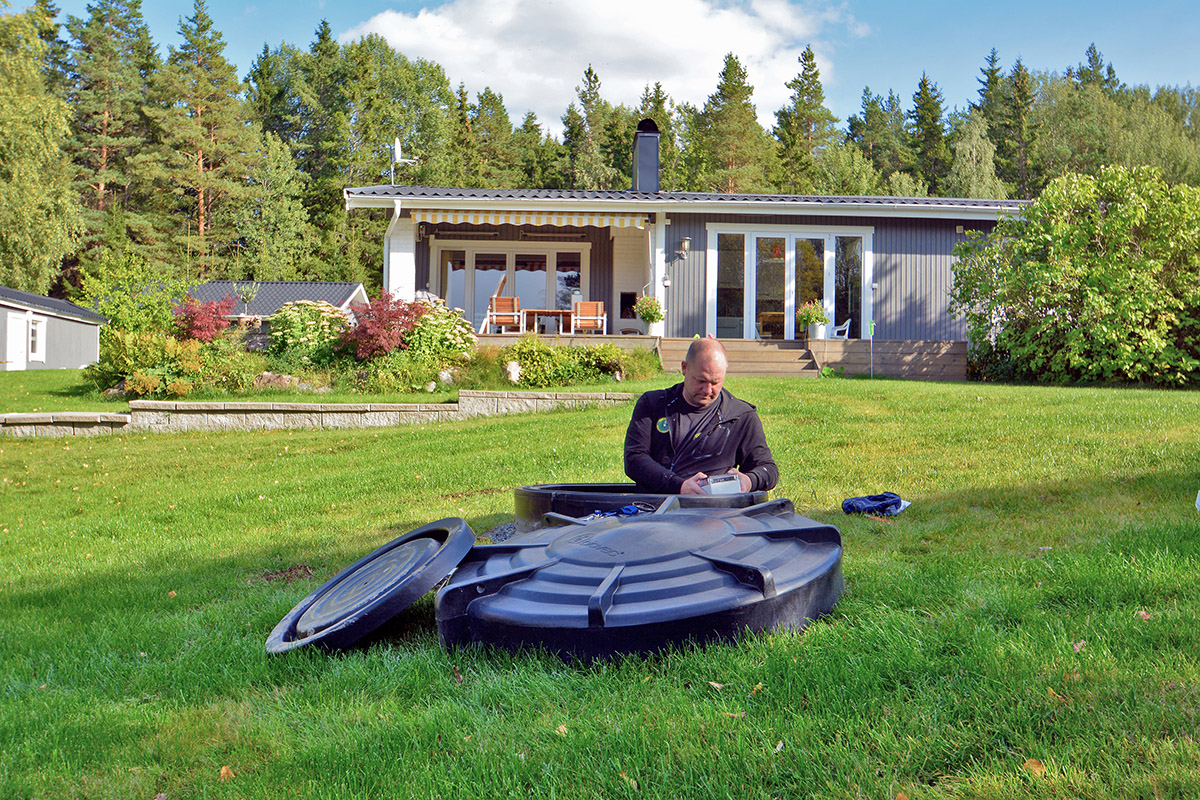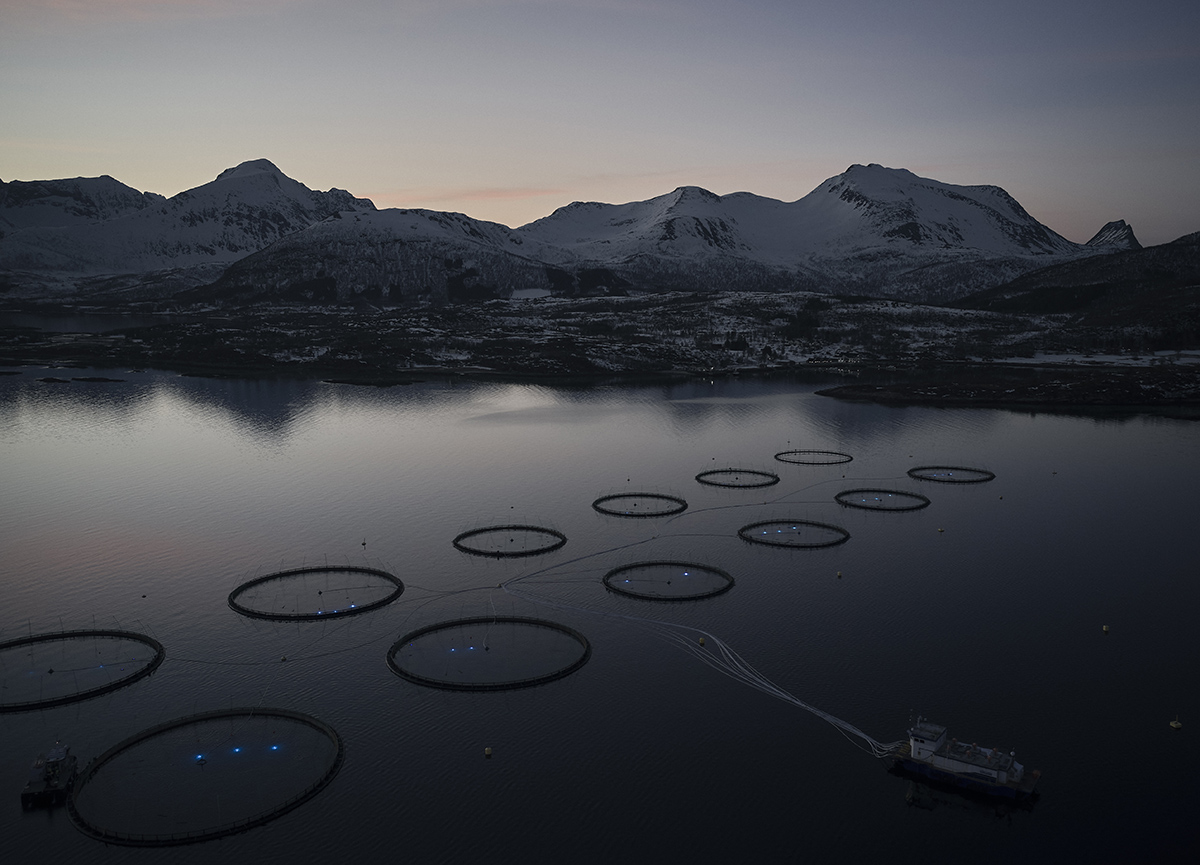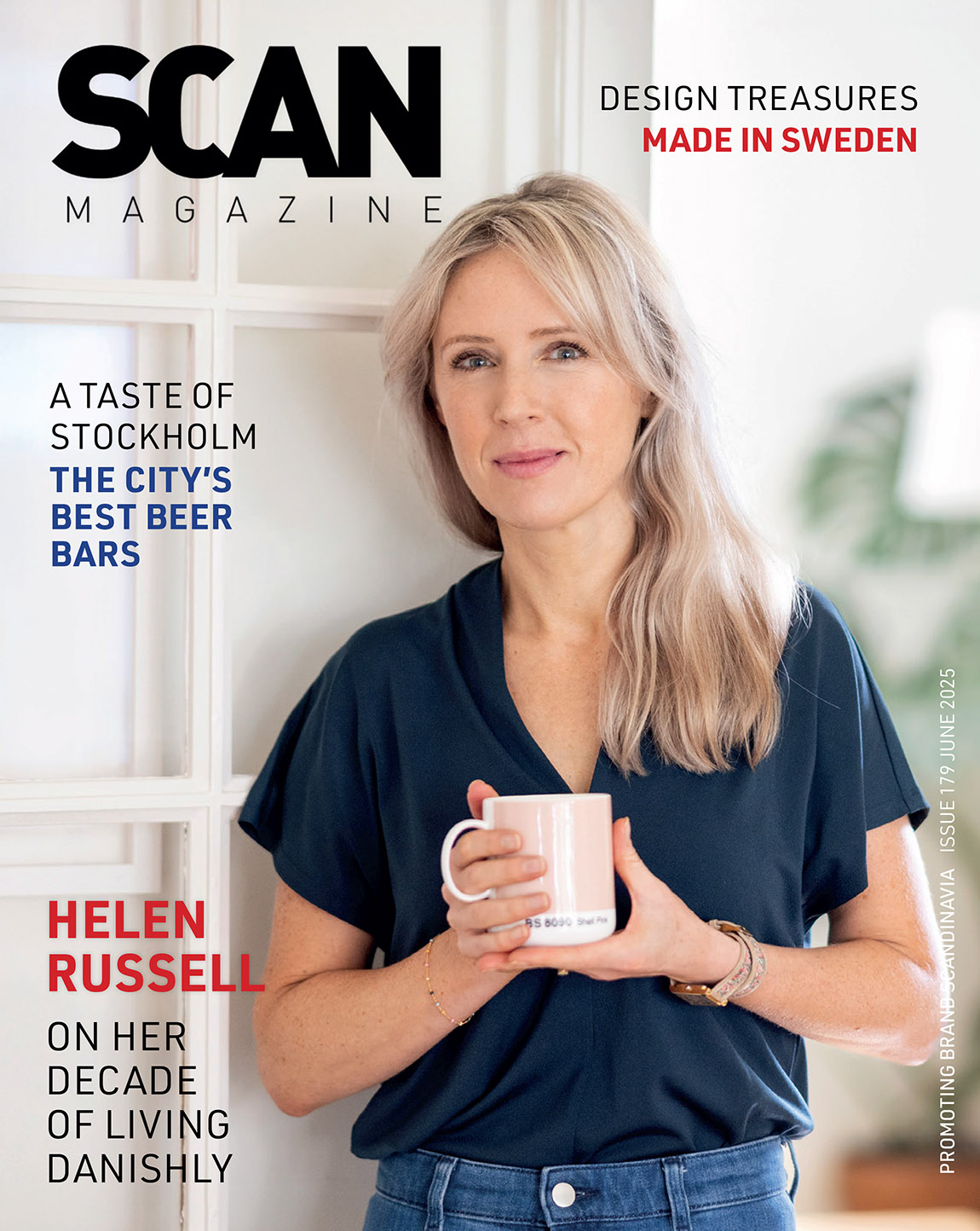CollectiveCrunch: Out of the woodwork
Text: Lisa Maria Berg
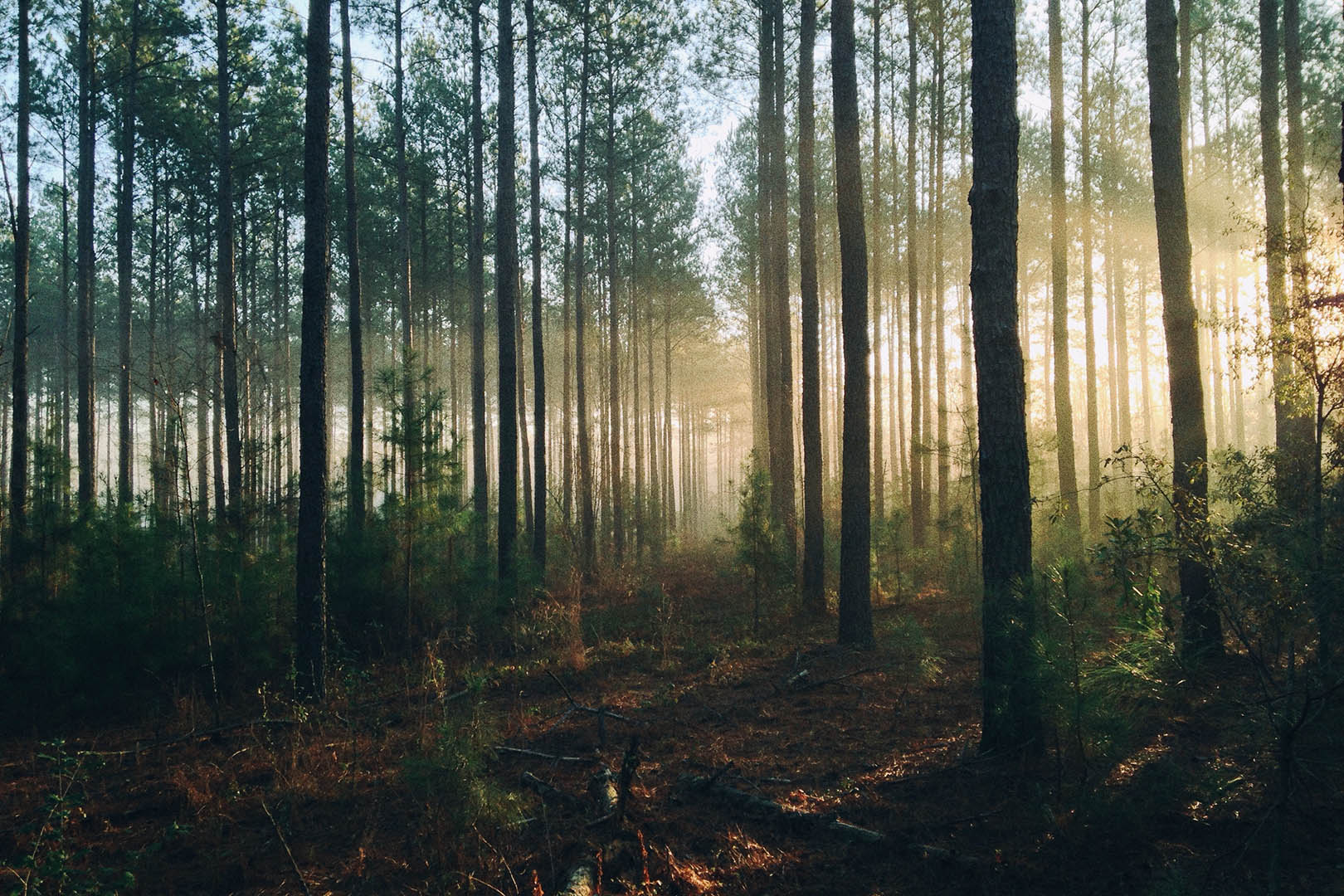
Steven Kamenar
Using satellite technology, CollectiveCrunch is revolutionising the forest industry. With an eye in the sky, the small but hard-hitting company is able to tell a pine from a spruce from a beech, with precision like something out of science fiction.
The forest is the essence of the Nordic countries – a green lifeline making a pillar not only for the Nordic economy, but also for the average home; a big, green lung under the sun. The forest industry has been one of the biggest and most important industries for hundreds of years. The Nordics have always built things out of wood: from the tiniest of toys to ships and houses. Over the last few decades, the industry has changed massively, as the paper industry shrunk and pulp-based products started to replace plastics.
Three men and a pint
“Forestry has gone into a new era, where technology enables a more efficient way of doing things. Combining geo-science with computer science, we can handle the forest in a much more dynamic and sustainable way,” explains Rolf Schmitz, CEO and co-founder of CollectiveCrunch. Three years ago, in a beer garden in Germany with his two colleagues Jarkko Lipponen and Christof Danzl, he came up with the idea of using satellite technology to map out the demography of trees in an area. “The story of the forest is such an inspirational and identifying one in Scandinavia. To be able to take part in bringing that industry into the future filled us with such excitement,” Schmitz continues.
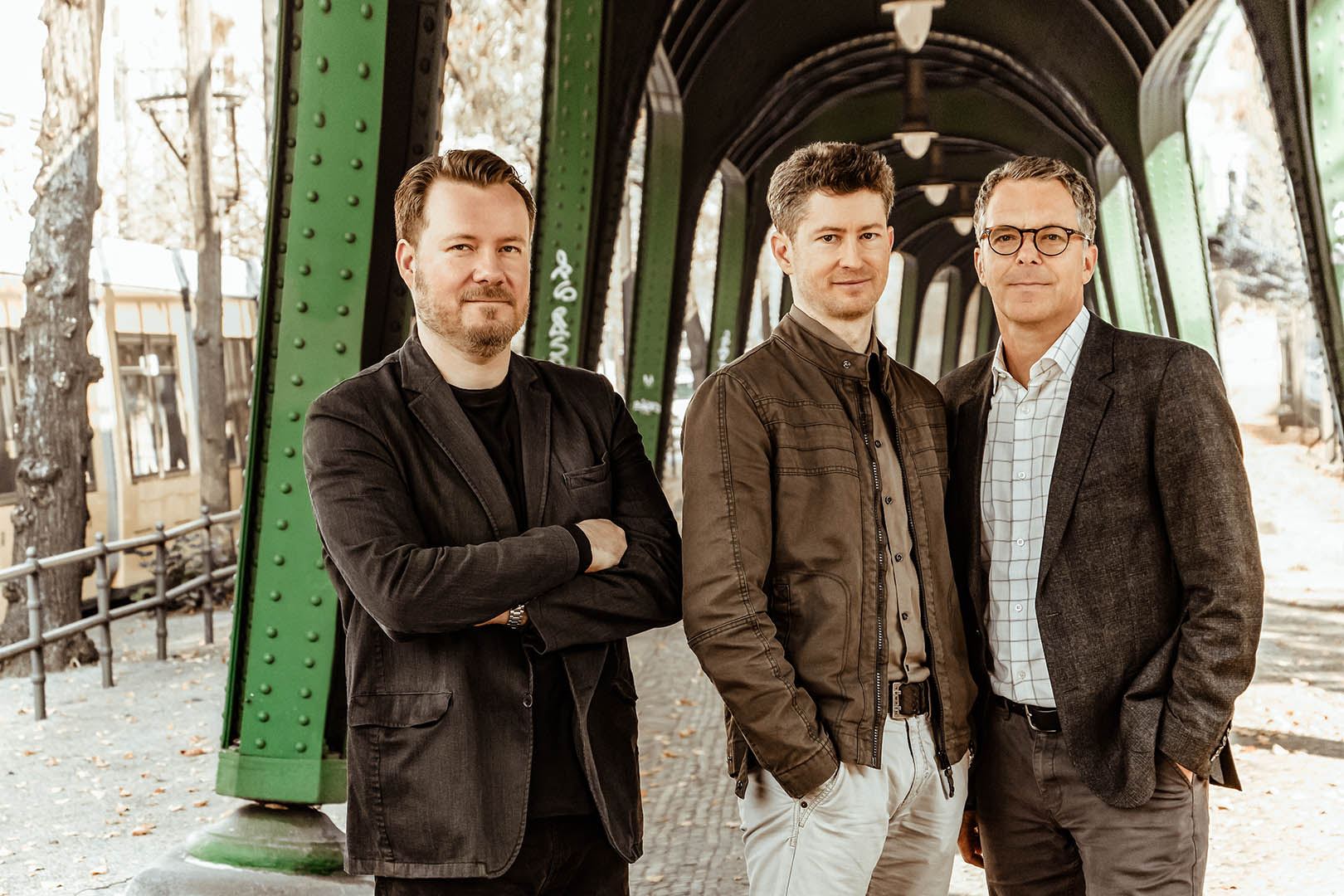
From left to right: Jarkko Lipponen, Christof Danzl and Rolf Schmitz. Photo: Tilo Riolo
Bigger picture
For years, the mapping of forest inventories has been done using scans taken from a plane with a Lidar sensor and manual sampling – a slow, inaccurate and not very cost-efficient method of telling what’s what. CollectiveCrunch has looked further, literally. “Bringing satellite data into the mix and applying Artificial Intelligence to vast data sets brings a step-change in accuracy in the prediction of forest inventories and planning of harvests,” explains Schmitz.
Sawmills are often looking for particular kinds of trees for particular kinds of products. With traditional methods, mills were not in a position to target the wood resources they needed – say, for a specific species like pine. Error margins of 30 per cent in the prediction of forest inventory have been quite common. “We have brought that percentage down to about five, meaning that someone can save a lot of money and that we only take out trees that are mature and ready,” Schmitz explains.
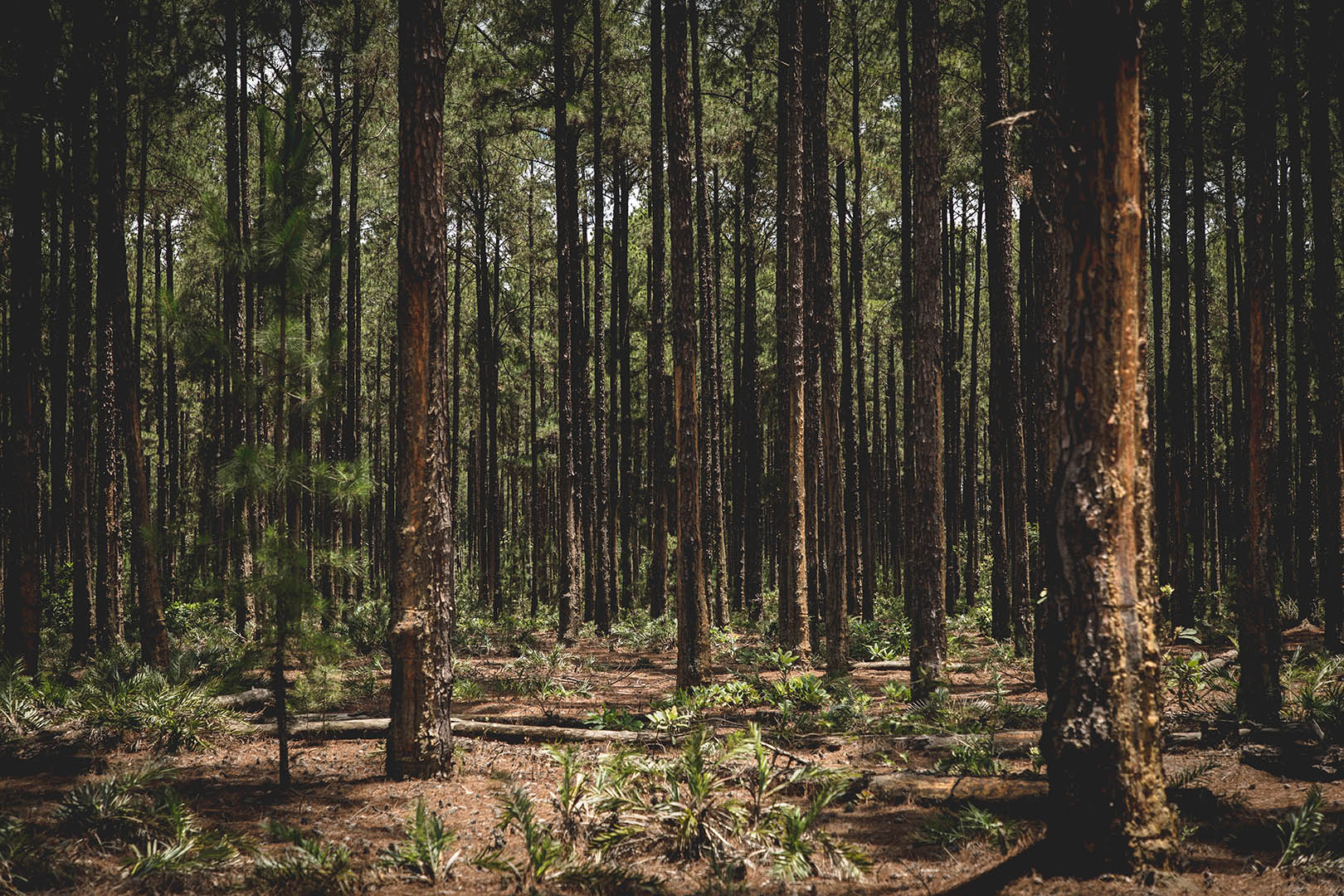
Vini Löw
Web: collectivecrunch.com
Subscribe to Our Newsletter
Receive our monthly newsletter by email

